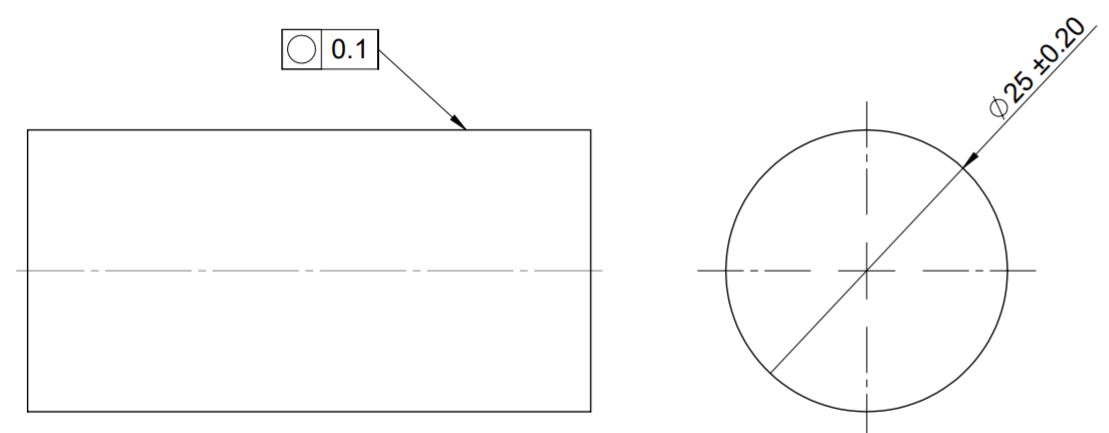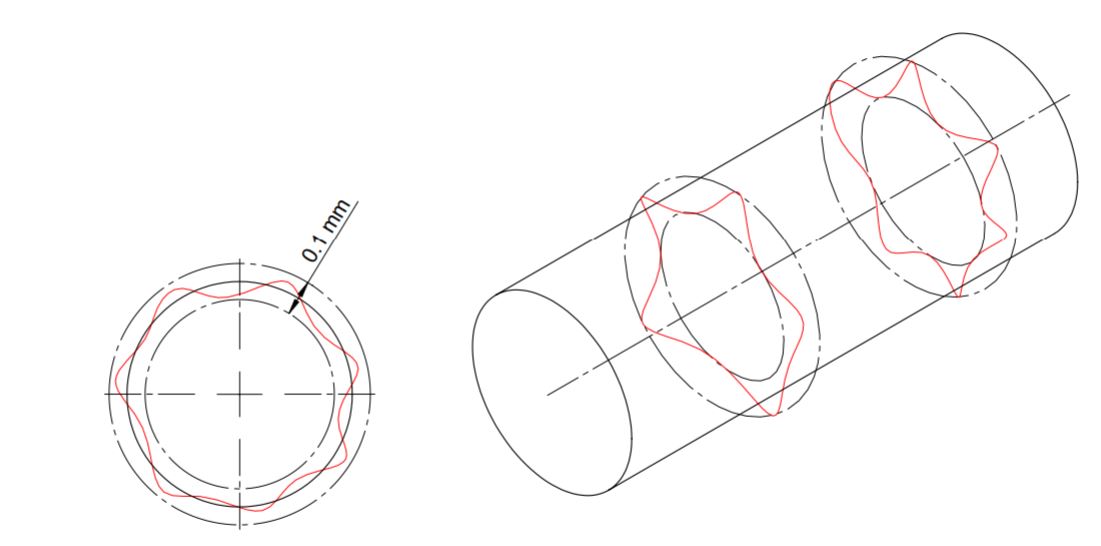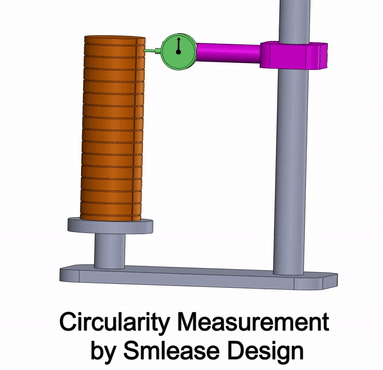What is Circularity Tolerance in GD&T?
Circularity tolerance in GD&T controls irregularities in cylindrical, spherical, or conical parts. It ensures all points on the plane of a circular feature are equidistant from the True central axis.
Manufacturing a perfect circular feature is a very challenging and costly task. Engineers use Circularity tolerance in gd&t to control the roundness of a part feature. Don’t miss this article on the basics of Geometric Dimension and Tolerance.
Circularity Tolerance Representation

A circle without any datum represents circularity tolerance in gd&t. Its value is always less than the circular feature linear tolerance (diameter).
For example, the circularity tolerance can not be 0.3 mm for a circular feature of a diameter of 16±0.2 mm. Click this link to know the symbols used in geometric and control dimensional tolerances.
Tolerance Zone

Circularity in gd&t creates a 2-dimensional tolerance zone with two circles on a plane perpendicular to the central axis of the circular feature. All points on the circular feature must lie within this tolerance zone.
How to Measure Circularity?

Product designers should specify the positions to measure circularity tolerance. We can measure it using CMM and VMM machines, height gauges, or dial gauges. Here is the list of steps to be followed to measure the roundness of a feature.
- Firstly, constraint the part about the central axis on the turntable or fixture.
- Position the probe in a controlled area and rotate part about its axis.
- Any deviation in the 2D surface at the required plane measures control feature circularity tolerance.
Application of Circularity in GD&T?
We can apply Circularity tolerance to cylindrical, conical, or spherical surfaces. Compared to cylindricity in GD&T, circularity tolerance application is to control critical features only.
For example, circularity tolerance controls hole inner diameter and shaft outer diameter. It gives more flexibility to the manufacturer while meeting the part functional requirements.
We will keep adding more information on concentricity foam control tolerance. Add your suggestions, comments, or questions in the comment box.

Add a Comment